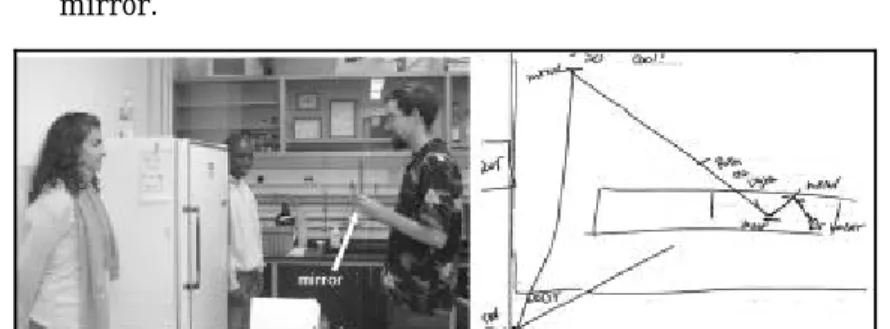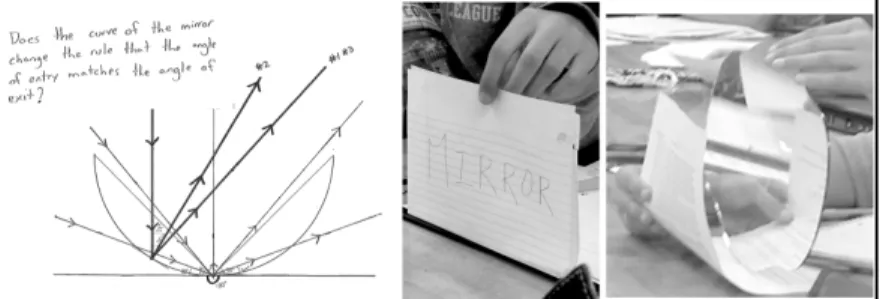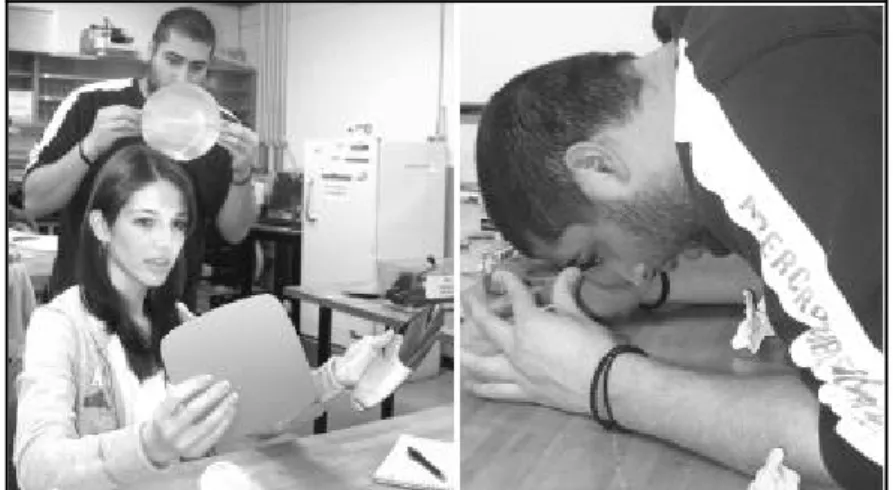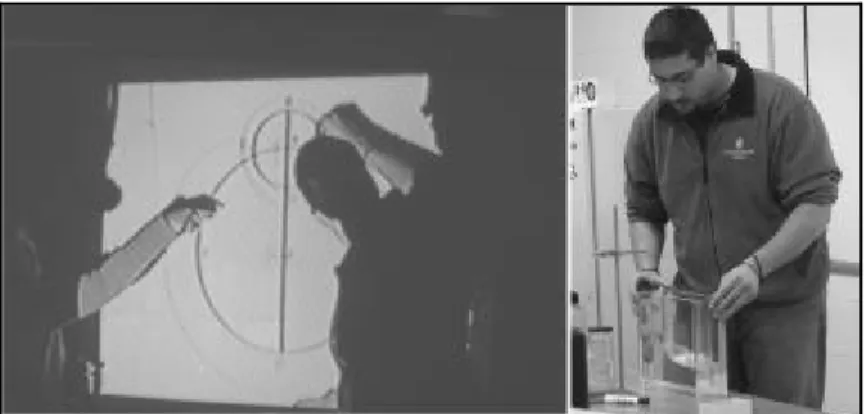Classroom Explorations: Pendulums, Mirrors, and Galileo’s Drama
Texte intégral
Figure
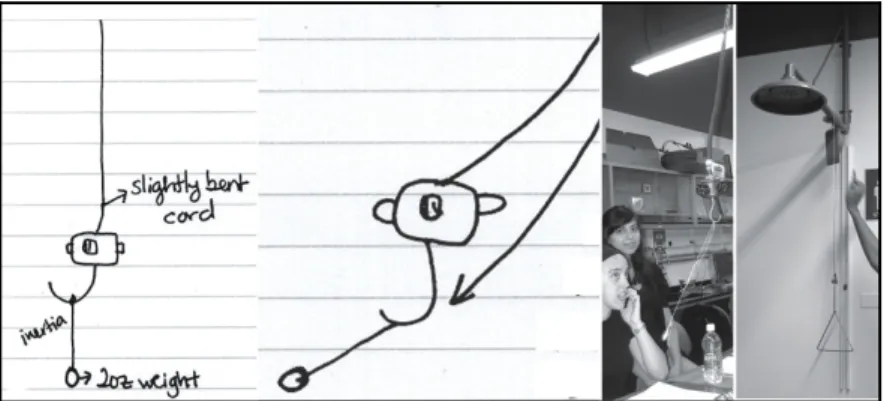
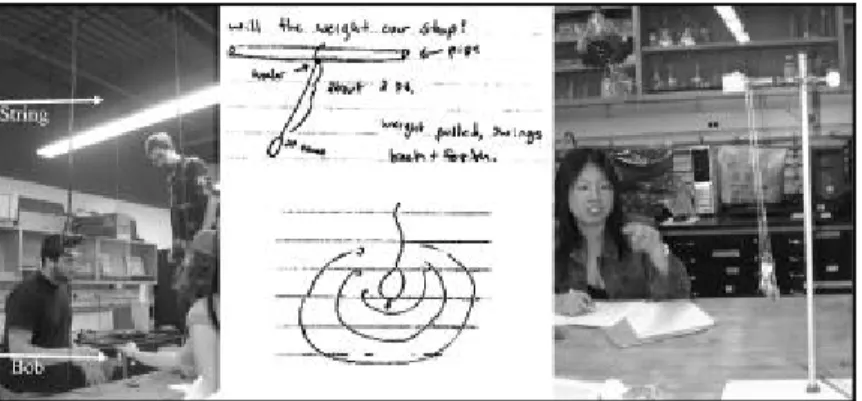
![Figure 3. Left: The bob swings on a string that passes through a hole in a wood board which is mounted between the backs of two chairs [whose seats faced out away from the swing area, as in the diagram, right]](https://thumb-eu.123doks.com/thumbv2/123doknet/14324418.497576/12.892.223.669.367.527/figure-left-swings-string-passes-mounted-chairs-diagram.webp)
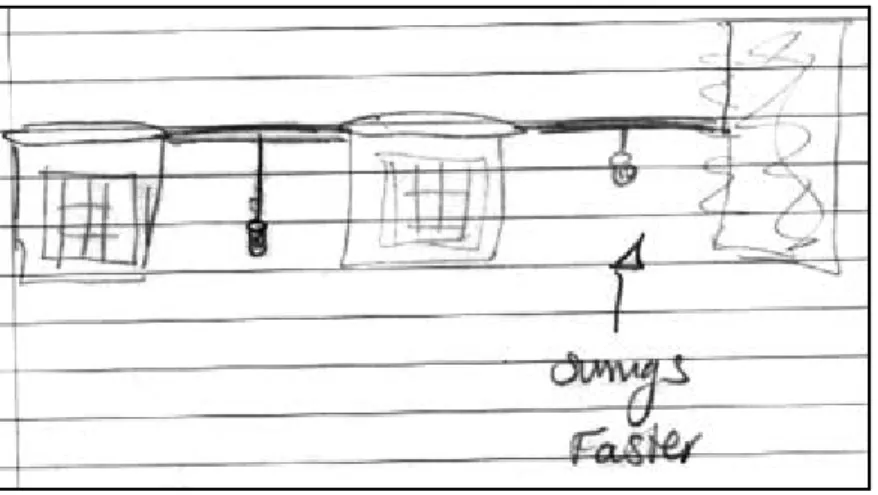
Documents relatifs
Improved duality estimates: time discrete case and applications to a class of cross-diffusion systems..
Electric field accelerated plasmid droplets have been used to permeate cell culture and ex-vivo lung tissue of rat using enhanced green fluorescence protein reporter
The ambiguity on both sides is circumvented by considering extensions S<p depending on primes lying over p in K(Cm)- The extension class of S p now corresponds to a
By extending the legacy of the Galileo probe mission and possibly a future Saturn entry probe mission, Uranus and Neptune probe(s) would further discriminate between and re-
• For a given set of parameters, the relative error for the mean conditional sojourn time increases as the service requirement of the tagged customer increases.. • The error
In this research study, I used a combination of active learning activities and engaging teaching to prevent absenteeism, in an attempt to improve grades, and to
The goal is to increase the predictive probability of a given class by exploring the possible values of the input variables taken independently.. The proposed method is
Distorted elements in smooth mapping class groups In this section, we prove Theorem 1.1, which we restate now:..
